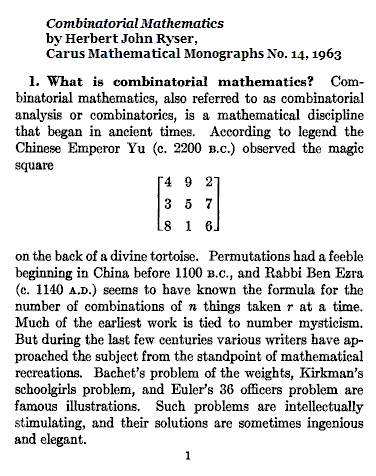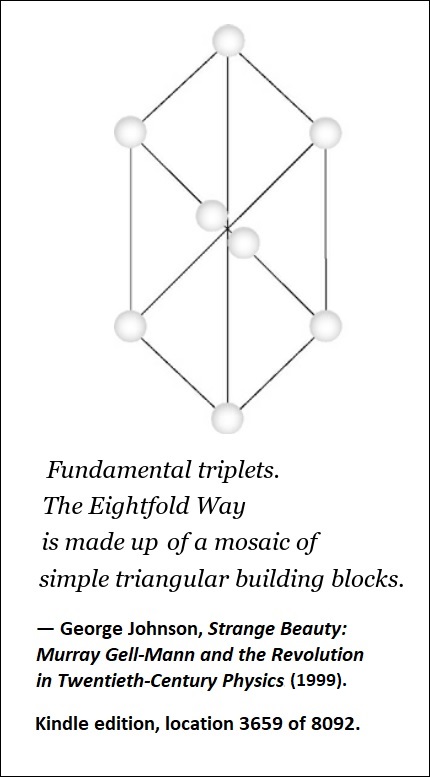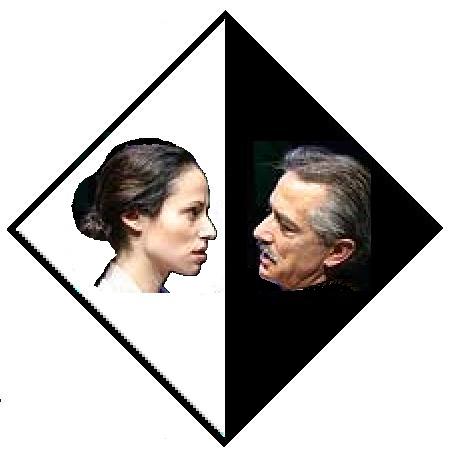Memories, Dreams, Reflections
by C. G. Jung
Recorded and edited By Aniela Jaffé, translated from the German
by Richard and Clara Winston, Vintage Books edition of April 1989
From pages 195-196:
"Only gradually did I discover what the mandala really is:
'Formation, Transformation, Eternal Mind's eternal recreation.'*
And that is the self, the wholeness of the personality, which if all
goes well is harmonious, but which cannot tolerate self-deceptions."
* Faust , Part Two, trans. by Philip Wayne (Harmondsworth,
England, Penguin Books Ltd., 1959), p. 79. The original:
… Gestaltung, Umgestaltung,
Des ewigen Sinnes ewige Unterhaltung….
Jung's "Formation, Transformation" quote is from the realm of
the Mothers (Faust , Part Two, Act 1, Scene 5: A Dark Gallery).
The speaker is Mephistopheles.
See also Prof. Bruce J. MacLennan on this realm
in a Web page from his Spring 2005 seminar on Faust:
"In alchemical terms, F is descending into the dark, formless
primary matter from which all things are born. Psychologically
he is descending into the deepest regions of the
collective unconscious, to the source of life and all creation.
Mater (mother), matrix (womb, generative substance), and matter
all come from the same root. This is Faust's next encounter with
the feminine, but it's obviously of a very different kind than his
relationship with Gretchen."
The phrase "Gestaltung, Umgestaltung " suggests a more mathematical
approach to the Unterhaltung . Hence…
Part I: Mothers
"The ultimate, deep symbol of motherhood raised to
the universal and the cosmic, of the birth, sending forth,
death, and return of all things in an eternal cycle,
is expressed in the Mothers, the matrices of all forms,
at the timeless, placeless originating womb or hearth
where chaos is transmuted into cosmos and whence
the forms of creation issue forth into the world of
place and time."
— Harold Stein Jantz, The Mothers in Faust:
The Myth of Time and Creativity ,
Johns Hopkins Press, 1969, page 37
Part II: Matrices


Part III: Spaces and Hypercubes

Click image for some background.
Part IV: Forms
Forms from the I Ching :

Click image for some background.
Forms from Diamond Theory :

Click image for some background.




















